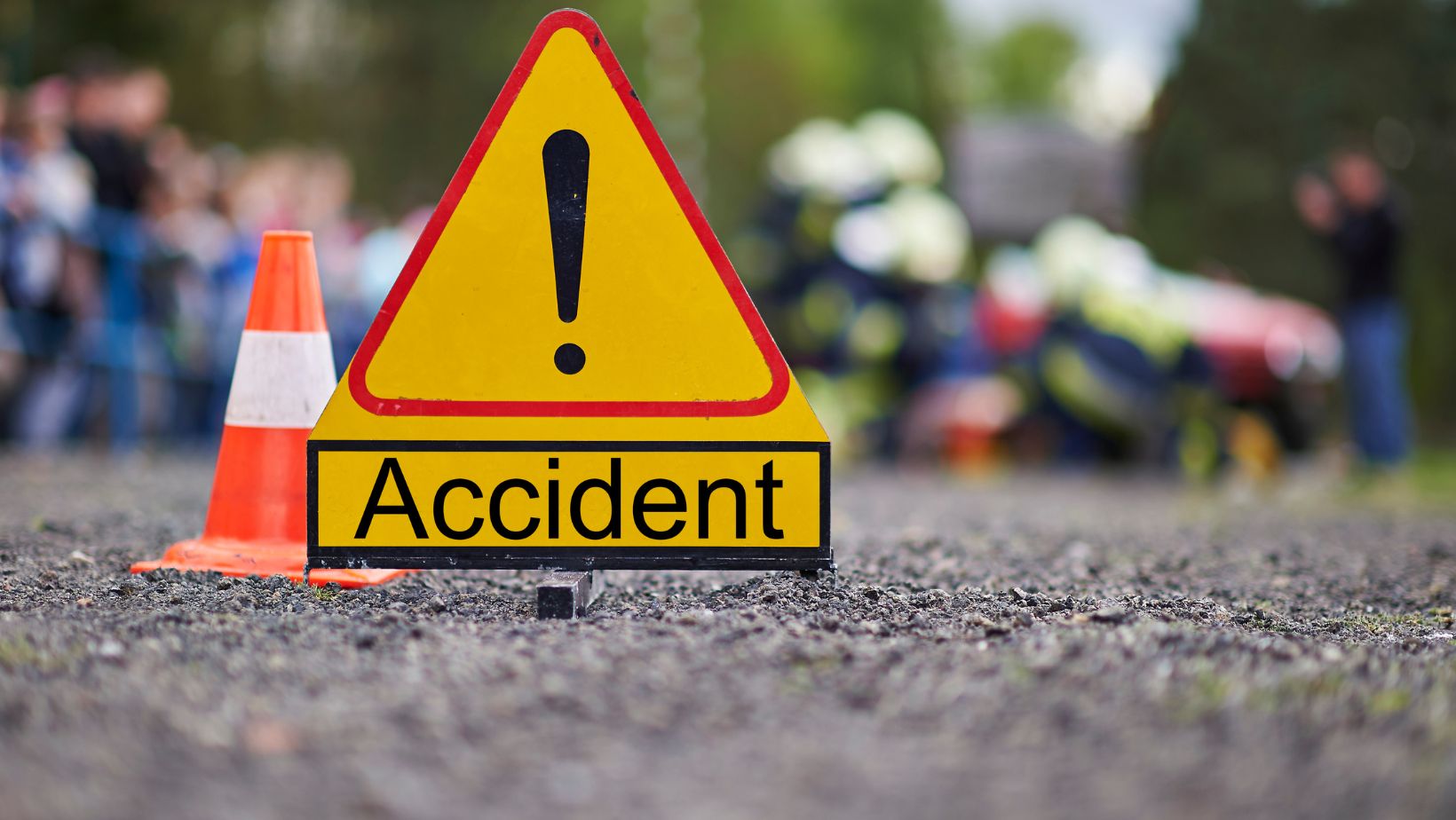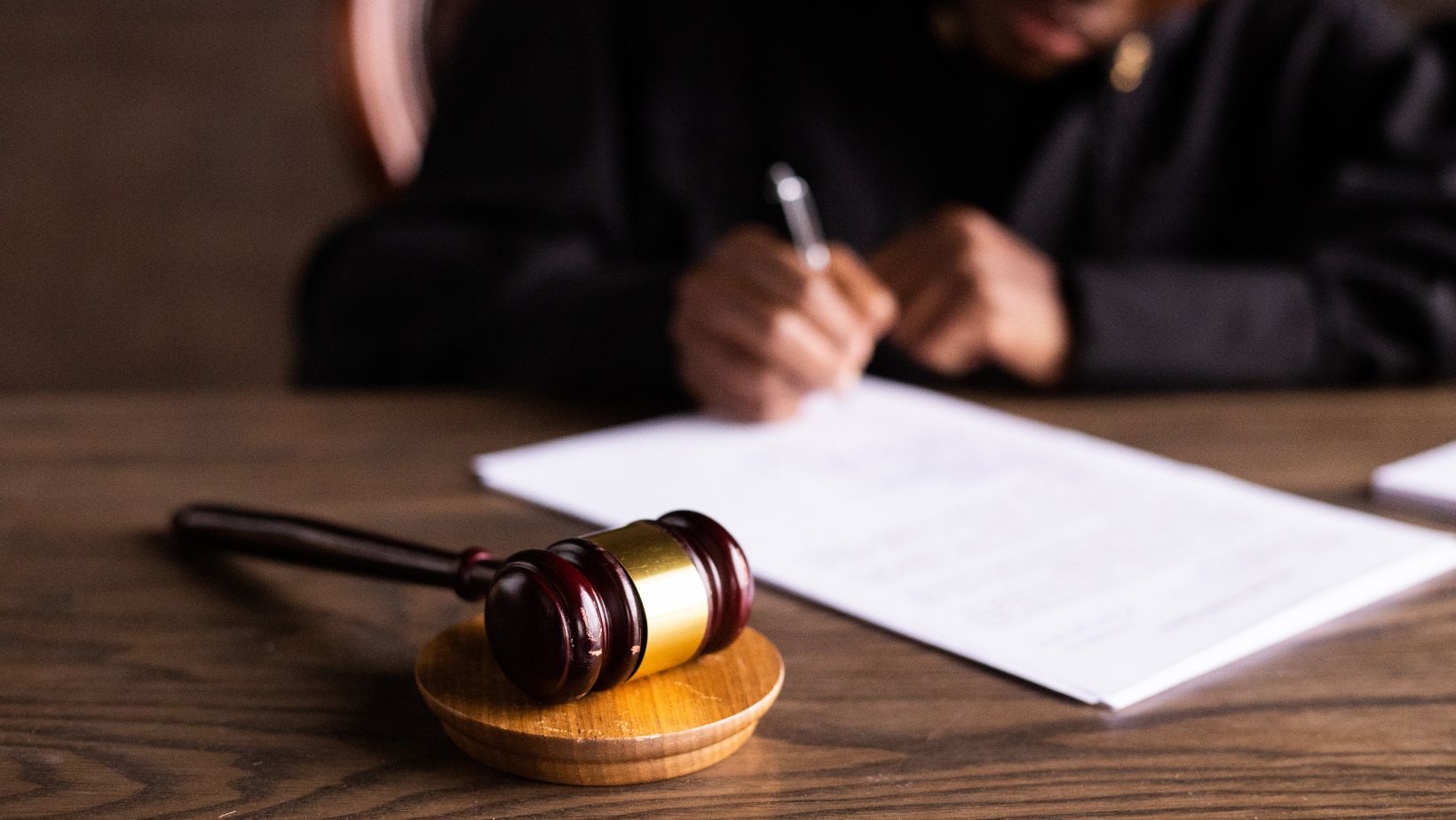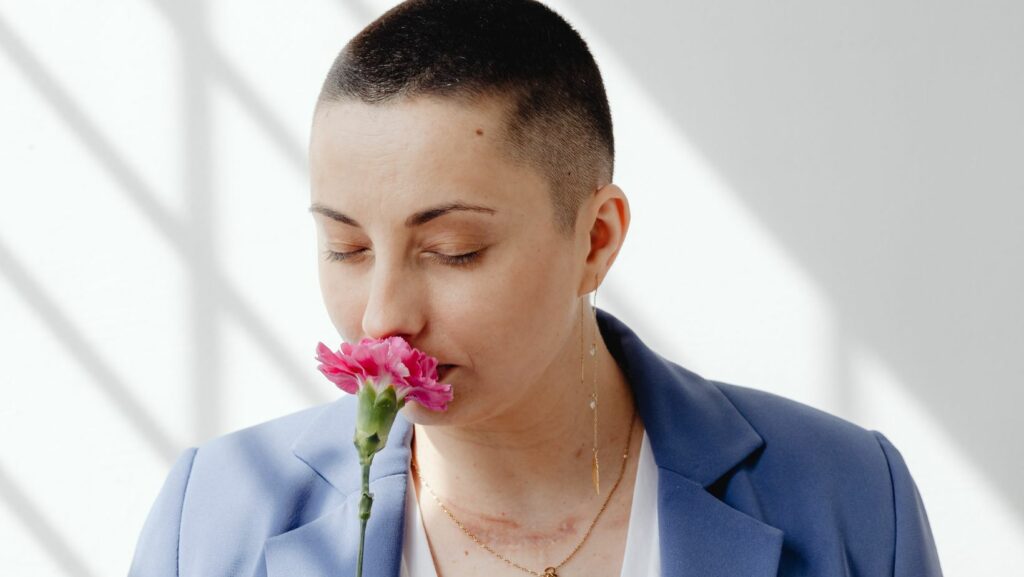
Finding yourself injured as a result of an unforeseen incident is a concerning experience, especially if you were partly to blame for the situation. However, far too many people believe that just because they have a role in a situation, they can’t recover compensation for their injuries. Many states around the country operate on a system of comparative negligence, meaning you may actually still be able to recover some damages. Learn everything you need to know about this system, including how you can recover compensation.
What Is Comparative Negligence?
First and foremost, it’s important to look at what comparative negligence actually is. This type of negligence differs from contributory negligence in that it allows a person to recover compensation for damages even if they are partially at fault. Contributory negligence, on the other hand, bars a person from recovering damages if they are at fault at all. This can affect common settlement values after personal injury as a result.
To dive deeper, when a case of personal injury is brought up, the fault of each person who caused the incident is considered. This fault is then assigned as a percentage. In many cases, people share fault. For example, say someone broadsides your vehicle while running through a stop sign because they were distracted by their phone, but you did a rolling stop. While they will likely be found mostly at fault, a small percentage of the liability may go to you since you failed to stop completely.
Under a contributory system, you wouldn’t be able to recover any damages since you were partially to blame. Under a comparative system, though, you can still file for damages.
Types of Comparative Negligence Systems
Fewer people are aware of the fact that there are actually three forms of comparative negligence, each with important differences:
- Pure Comparative Negligence: Victims can recover damages even if they are 99% at fault, with their compensation reduced by their percentage of fault.
- Modified Comparative Negligence (50% Rule): Victims can recover damages only if they are less than 50% at fault.
- Modified Comparative Negligence (51% Rule): Victims can recover damages only if they are less than 51% at fault.

Which form of comparative negligence is followed, if comparative at all, is defined on a state-by-state basis. Look up the rules within your specific state so that you understand your options in the event of personal injury.
How Comparative Negligence Affects Compensation
As mentioned above, your percentage of fault will directly impact the compensation available to you under a comparative negligence structure. Through due diligence and examinations, your exact percentage of fault for an accident will be determined by insurance or the court.
Assuming a case goes to litigation, let’s say it’s determined that you are assigned 20% of the blame for the incident. If the total monetary value for your damages is $100,000, the reward amount would be reduced by 20%, meaning you would be awarded $80,000.
To demonstrate the difference between modified comparative negligence and pure comparative negligence, though, assume that your fault was 60%. Under a pure structure, you would still be able to walk away with $40,000, whereas you would receive nothing under either modified structure since your fault was over 50% and 51%.
Insurance companies use comparative fault as a way to reduce payouts under the logic that if you are partially to blame for your injuries, then it doesn’t make sense that you should receive full compensation. However, there are many reasons this logic is flawed, which is why partnering with a lawyer to poke holes in that logic can help.
Proving Fault and Minimizing Liability
Naturally, your goal when pursuing a personal injury case is to recover as much compensation as possible. The best way to go about that is to partner with an attorney who can assist you with gathering evidence that minimizes your liability. Police reports, witness statements, and traffic cameras are examples of evidence that could be used to show what actually occurred and why.
You may even need to go so far as to hire an accident reconstruction expert who can recreate the events of the accident to show what led up to it. This unbiased professional can add a layer of validation to your claims. The other reason you want to be sure to hire a lawyer to assist with your case is to prevent unfair fault assignments. These professionals are experts at negotiating with insurance and the courts to show how the evidence supports your claim.
Dealing with Insurance Companies and Legal Considerations
As mentioned, insurance companies and the courts may not see your evidence the way you do. Insurance adjusters, who evaluate fault, can sometimes use comparative negligence to unfairly deny or lower claim amounts, which is why seeking legal representation matters.

Without a law background, the nuances of evidence gathered for insurance can quickly become overwhelming, but a lawyer can expertly sift through that evidence to get your voice heard.
Should your case go through formal litigation, your lawyer will be your partner in arguing how the evidence demonstrates that you had minimal fault for an accident. This will help you garner as much compensation as possible, even if it’s relatively minimal. After all, recovering something is better than nothing.
Minimize Your Liability With Personal Injury
No one wants to be found responsible for an accident, especially if it ruins your chances of receiving compensation. Fortunately, assuming you live in a state with comparative negligence, you may not need to worry about this if you weren’t the majority at fault for the incident. Comparative negligence helps you get compensation for your injuries through balanced liability, but sometimes, it takes the help of an accredited attorney to argue your case. The last thing you want is to have your chance of compensation ruined because of an unfair assignment of fault, so reach out to an accredited attorney if you believe you’ve been given an unfair verdict.



